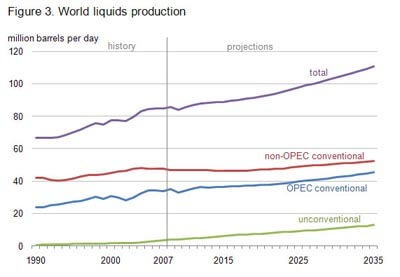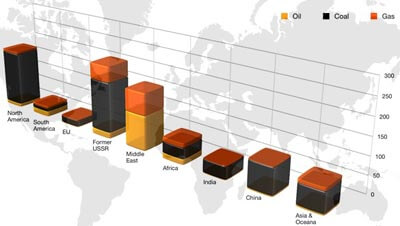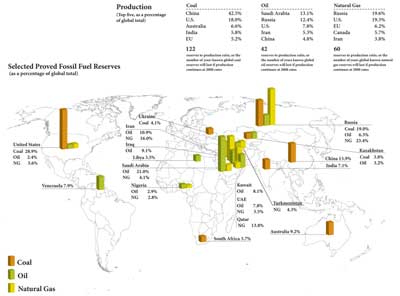Emerson’s Alan Novak, leader of the Alternative Energy team offers his thoughts on the use of coal as a source of energy:
The current economic climate has slowed, but not stopped, the growth in global energy demand. “Slowed” is relative, as countries such as China will see their GDP growth “cool” in 2011 to an annual rate of 9.5%. Since energy demand rises with increasing Gross Domestic Product (GDP), we can expect global demand to accelerate as the world economy recovers.
The latest Energy Information Agency World Energy Outlook (EIA WEO 2010) estimates the production of liquids through 2035 and highlights a growing need for “unconventional” liquids. That is, those produced from something other than crude oil. Principal feedstocks for these “unconventional liquids” are coal, biomass and natural gas. Liquids are primarily used for transportation fuel and their use, particularly in the developing world, is expected to increase dramatically. Many countries are also looking to indigenous feedstocks, primarily coal, to provide alternate sources of raw materials for their chemical industry.
These alternate routes to conventional fuels and chemicals present some interesting challenges. Unlike power generation, where coal is burned to produce steam which is then used to generate electricity, production processes for unconventional liquids involve breaking a feedstock into its basic components (generally hydrogen and carbon monoxide) and then reassembling them to get the desired product (gasoline, diesel, methanol, etc.) This requires more complex, and in some cases custom or one of a kind, process plants, which require close attention to safety, accurate measurement, control, and project execution. Facilities of this type can cost in the billions of dollars and mistakes or errors in their design and operation can have a significant impact on overall profitability.The world’s coal reserves are located mostly (with the exception of Russia) in areas where crude oil is not. These reserves are mainly located in North America (US has world’s largest coal reserves), China, Russia, Australia and India.
Several countries (China, India) are already moving aggressively to develop their plentiful domestic coal reserves to produce unconventional products. Others (such as the US) have been reluctant to adopt this approach and are in fact actively moving away from even coal’s more traditional use as a fuel for power generation.Exports of coal from the US are projected to increase by 70% in 2011, driven by demand in Asia and supply disruptions in Australia. Whether the US develops its own unconventional liquids production facilities, or chooses to primarily be an exporter of raw materials, remains to be seen.







